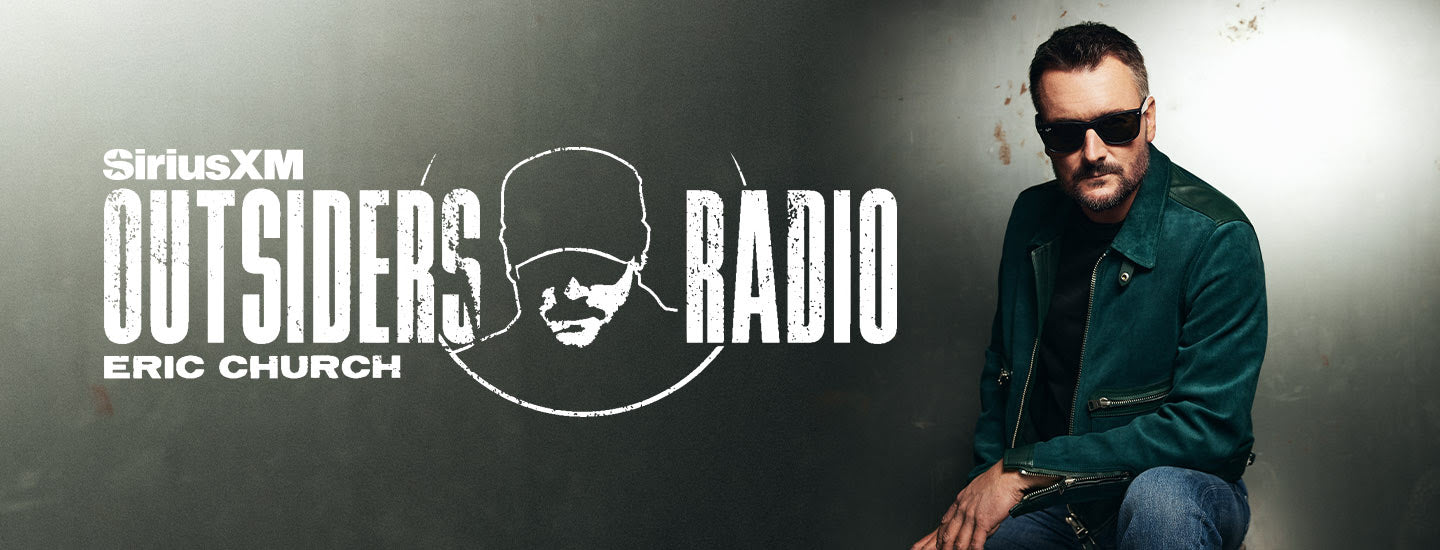Today, we’re excited to announce we’re expanding the creative options available for creating NFT Collections with Single, Shopify, and Solana.
Now, in addition to offering Single-Image Edition Collections, we’re adding Multi-Image and Generative Collections.
Below are more detailed descriptions, examples, and quick demo videos, but here’s the TL;DR:
- Single-Image Edition Collection: a collection built from a single image where each NFT features a unique, numbered edition of the same artwork.
- Multi-Image Collection: a collection built from multiple images where you can customize the quantity and select different amounts for each image to add rarity to your collection.
- Generative Collection: an algorithmically-generated collection with unique, randomized NFTs built from visual layers and traits you upload to make each NFT one-of-a-kind.
We’ve loved seeing all the incredible NFT Collections minted through Single since launching our partnership with Solana. Whether it’s folks like ONE OFFF, Okay Bears, and Shrempin blending NFTs into their Shopify stores, bands like All Them Witches bringing Web3 to real world spaces, or folks like the crew over at Sapien merging art, video and music – there’s no shortage of creativity in how folks are using digital tokens.
As with all changes to our products, we built these new features based on direct feedback from Single users!
Ready to get started with an NFT yourself?
Read our guide to launching your first NFT Collection then install Single in your Shopify store and jump right in!
Got a bigger project in mind and need some help? Reach out and let's chat.

Ok, now let’s get into more detail...
Multi Image Collections
What are they?
Multi-Image Collections include different images within the same NFT collection. Each image can exist multiple times within the set, so some NFTs can be made more "rare" than others.
These collections are published as one Shopify product - so when fans make a purchase they don’t know which NFT they are going to receive.
For example, you can upload 5 different images and then set the quantity of each:
- Quantity of 1 set for each image = The total supply of this collection would be 5 NFTs.
- Quantity of 50 set for each image = The total supply of that collection would be 250 NFTs.
- Quantities of each image vary = some images are more rare…. Like this:
- Image 1 - 200 NFTs
- Image 2 - 200 NFTs
- Image 3 - 25 NFTs
- Image 4 - 20 NFTs
- Image 5 - 5 NFTs
- Total: 450 NFTs in collection
How should I use them?
That’s really up to you, but here are a few ideas:
- For an album release, you could bundle an NFT with the record that included different variations of the album art
- If you’re a photographer, you could pick 5 images from your most recent shoot and let fans be surprised by which one they get
- If you’re a digital artist, you could make 5 different visualizations of the same subject as a fun way to engage fans
What do they look like?
You’re just uploading multiple images… so they look like… well, your images. Here’s a sample of what 5 images might look like:
 How do I make one?
How do I make one?
Great question! Here’s a quick demo:
Generative Collections
What are they?
A “Generative” Collection allows you to create a unique set of images based off of layers. Layers are made up of different “traits,” which are .png files with transparent backgrounds. When a set of traits are stacked together, completely new images are created or “generated.”
Unlike multi-image collections, each unique image only appears once in the collection. When you make the Collection, you can select the “weight” of individual traits. Think of weights as the likelihood that a specific trait will appear in the generated set.
How should I use them?
One common use case is to create a profile picture collection. These are sets of 10,000 or fewer NFTs which are created based on a series of layers.
What do they look like?
Here are a few examples:

How do I make one?
Great question! Here’s a quick demo video or you can read a detailed step-by-step guide here:
Have more questions? Check out our full help center on Web3 products.





